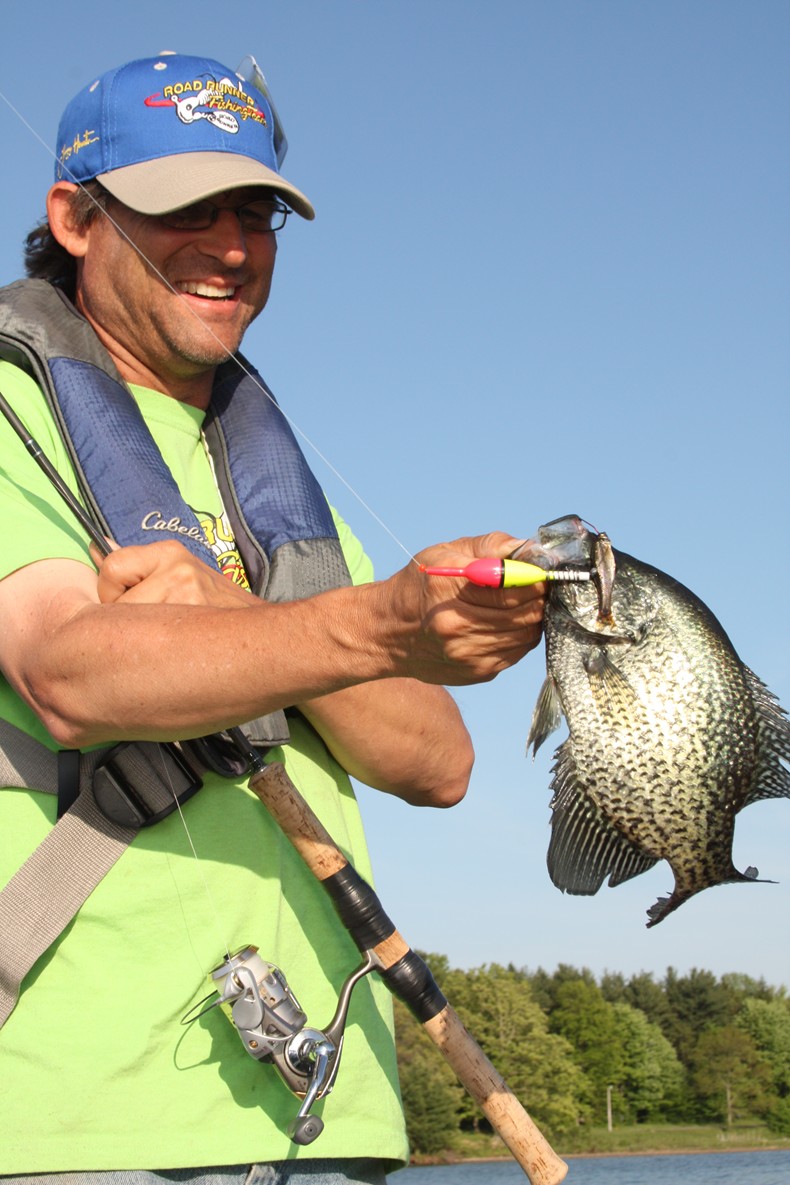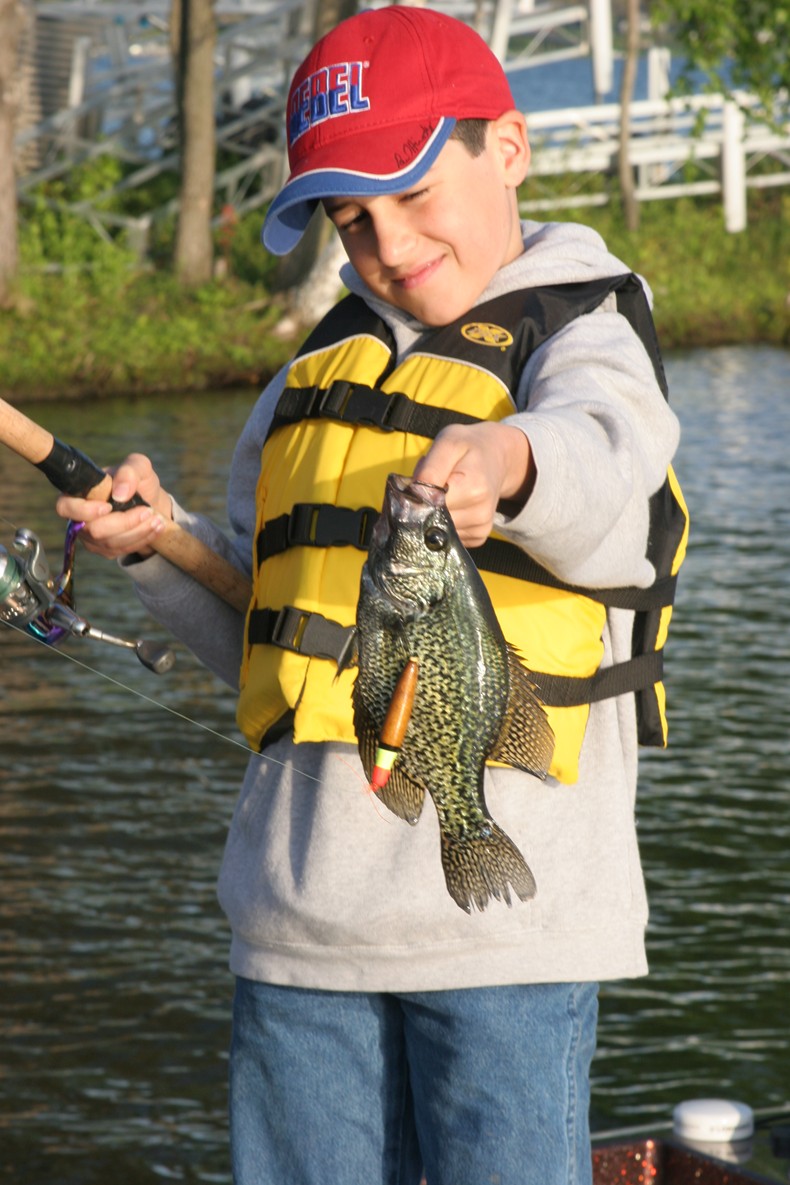 By Darl Black
By Darl Black
From mid-April through early June throughout northern states, crappie fishing is in full swing in relatively shallow water. Crappies are staging near spawning areas, moving in to spawn sites then moving back to slightly deeper water as other waves of crappies arrive in the shallows to spawn.
Most anglers are trying their luck with a minnow and bobber. However, some anglers will go home empty handed or with only a few fish, while other anglers enjoy very good success. Sometimes successful and unsuccessful anglers are fishing within a few feet of one another. Somebody is doing something wrong!
Here are the six of the most common errors I witness crappie anglers make in their rush to catch fish.
1. Beach Ball Bobbers. You know what I mean – using those oversized red/white round floats which bounce on the water but never go under. The best minnow-fishing floats for crappies are tall ones with a specific weight rating (1/32, 1/16, 1/8 and 1/4-oz) such as ones from Thill Floats. Matching a float to the precise weight (jighead or split shot) results in a float sitting upright and partially submerged. Therefore it takes little effort for a crappie to pull it under.
2. Bait hook too small. Crappies have a much larger mouth than bluegills and pumpkinseeds. For crappie fishing, my standard live bait hook size will be a thin-wire size #4 for small minnows, size #2 for medium minnows, and size #1 for large minnows/shiners. Due to thin tissue-like mouths, small gap hooks (under size #6) tear out rather easily. However, the gaps on #4, #2 and #1 hooks pierce mouth tissue further back from the lip area for a better hold.
3. Cheap hooks. Even though you have selected the proper hook size, don’t go cheap now. Buy quality brand-name hooks such as Tur-Turn Panfish Style 856. Mustad and Eagle Claw also offer a light-wire long shank Aberdeen style. Properly tempered light wire hooks will bend when snagged, and then can be reshaped to continue fishing. When inexpensive, improperly tempered hooks become snagged, the hook may break at the bend or your line will break because the hook does not bend.
4. Poor Line Choice. For crappie fishing, I prefer nylon monofilament (copolymer) rather than expensive fluorocarbon line. Some crappie anglers like braid because it is incredibly strong…but I would rather break my line than pull the brush pile or other cover apart because I’m using a ridiculously strong braid. There many “good” mono fishing lines on the market, and there are a few “exceptional” ones. Go with an exceptional one such GAMMA Panfish Polyflex Line in Optic Yellow. Gamma Polyflex is extremely manageable, and stronger than any other mono line rated for the same pound-test (diameter based). And in crappie fishing, the brighter the line the better your hook-up ratio. 5. Too powerful of a hookset. The other day I was crappie fishing with a buddy. A number of black crappies were huddled in tree branches of a deadfall. We were both using the same minnows and bobber setup. Drifting the float into the edge of the branches, we had a strike on every cast. However, while I slowly swept my rod upward when the bobber went under, my buddy yanked quick and hard on his rod. Until I convinced him to sweep the rod, he was hooking only an occasional crappie. You are not fishing for musky – go easy on the hookset and connect with more crappies.
5. Too powerful of a hookset. The other day I was crappie fishing with a buddy. A number of black crappies were huddled in tree branches of a deadfall. We were both using the same minnows and bobber setup. Drifting the float into the edge of the branches, we had a strike on every cast. However, while I slowly swept my rod upward when the bobber went under, my buddy yanked quick and hard on his rod. Until I convinced him to sweep the rod, he was hooking only an occasional crappie. You are not fishing for musky – go easy on the hookset and connect with more crappies.
6. Try a jighead. Still missing a lot of crappies when fishing live minnow? Instead of using a live bait hook with split-shot as weight, switch to an appropriate weight jighead with a quality hook. Run a piece of a small plastic grub on the shank of the jig hook and then tip it with a live minnow. I always get a higher ratio of hookups when using a jighead and minnow.
-end-


